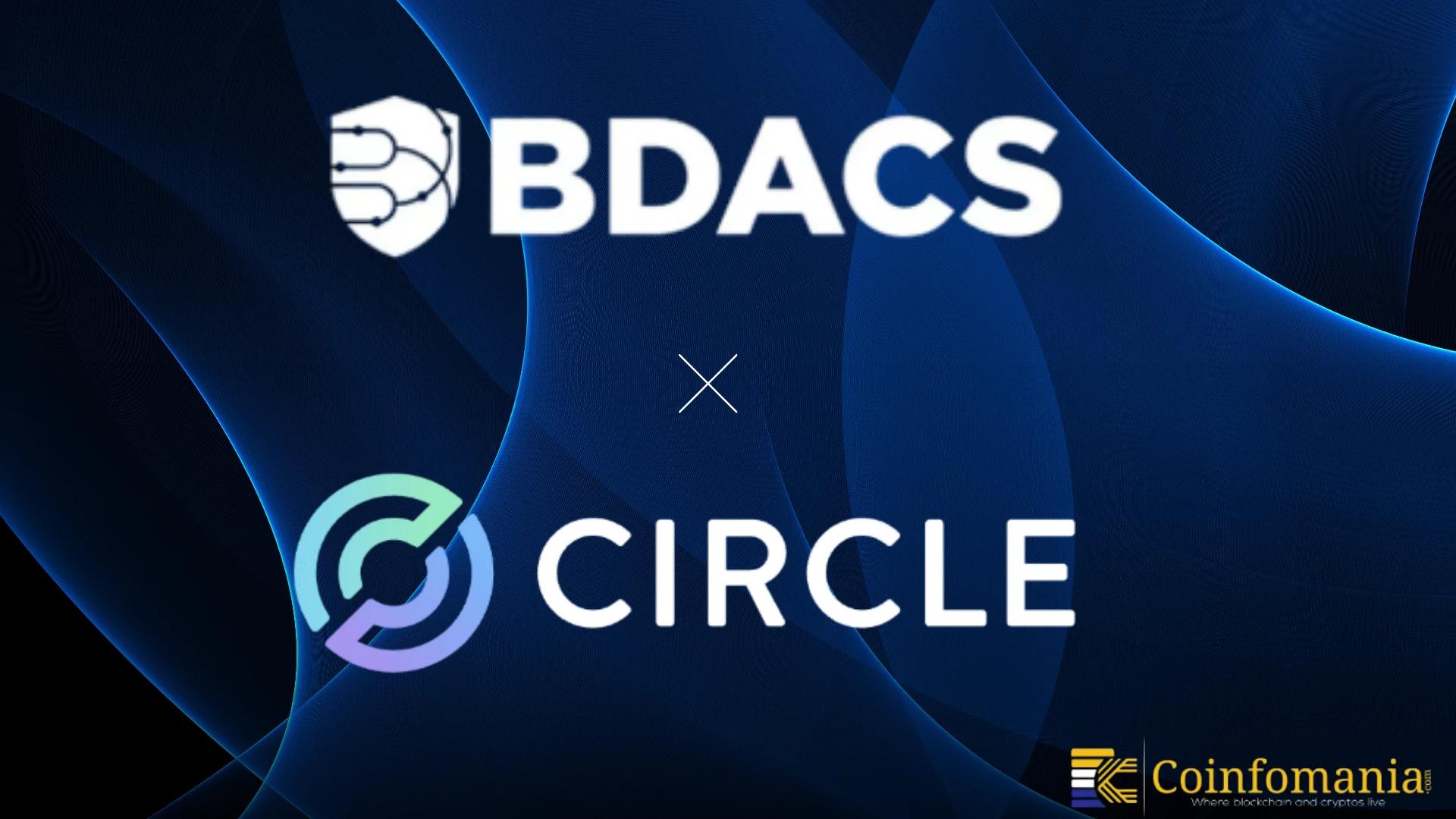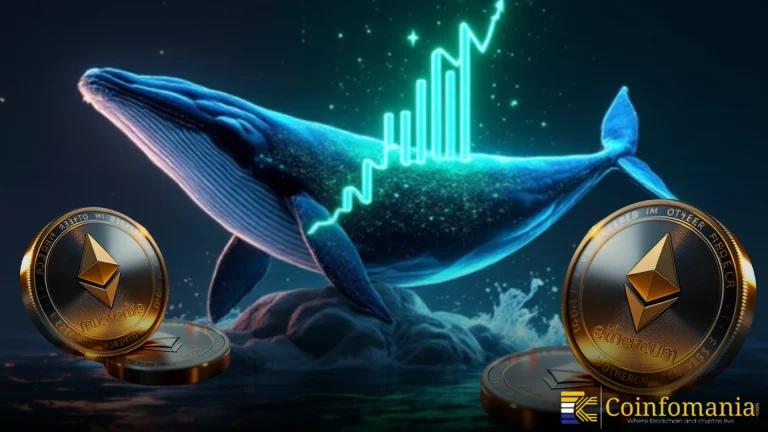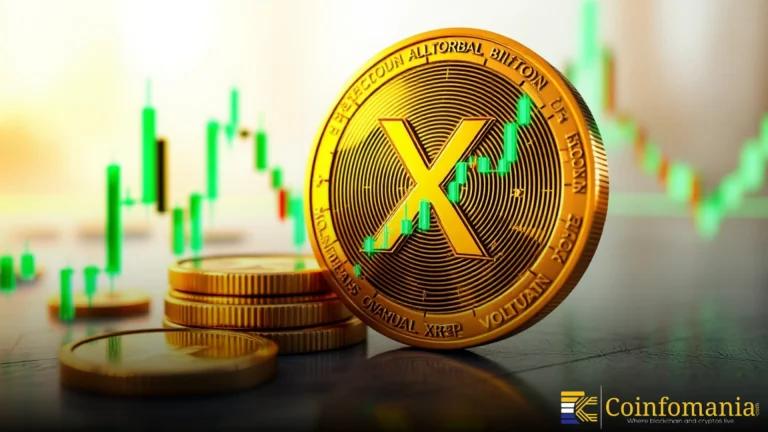KRW1 Stablecoin Debuts in South Korea With BDACS and Circle
KRW1 stablecoin debuts in South Korea with BDACS and Circle, bridging banking and blockchain for secure, local-currency digital payments.

Quick Take
Summary is AI generated, newsroom reviewed.
KRW1 is pegged 1:1 to the Korean won and backed by reserves.
Circle’s Arc blockchain powers the stablecoin for secure payments.
Regulators are cautious, and adoption will be key to success.
The stablecoin bridges traditional finance and blockchain innovation.
South Korea is taking a big step into digital finance. BDACS, a digital asset custodian in Busan, has partnered with Circle to launch KRW1, a stablecoin pegged 1:1 to the Korean won. It will operate on Circle’s Arc blockchain, which is built for tokenized assets and global payments.
🇰🇷 LATEST: South Korea’s BDACS is teaming up with Circle to launch a won-backed stablecoin, KRW1. pic.twitter.com/s6XA13JQYo
— Cointelegraph (@Cointelegraph) October 29, 2025
This KRW1 stablecoin debut shows that South Korea wants to lead in digital currency. At the same time, it aims to keep financial systems safe and transparent.
How KRW1 Works
KRW1 will be fully backed by Korean won reserves held in regulated banks. BDACS registered the KRW1 trademark in December 2023. This shows the company’s long-term commitment to the project.
Circle’s Arc provides strong blockchain infrastructure. It allows businesses and users to manage stablecoins safely and efficiently. BDACS and Circle will let users verify that every KRW1 token is backed by real won. This transparency builds trust, while also keeping the stablecoin stable for daily use.
Why KRW1 Matters
KRW1 is different from dollar-backed stablecoins. Using the won keeps money inside South Korea. It also helps local businesses participate in global crypto networks.
BDACS CEO Ryu Hong-yeol said the partnership will “open a gateway for Korean companies to participate in the global stablecoin network.”
Moreover, KRW1 blends traditional finance and blockchain technology. A trusted custodian plus a major blockchain platform creates a strong foundation. Both domestic and international users can benefit from this approach.
In addition, this launch could encourage other countries to explore local-currency stablecoins. South Korea might set an example for the region.
Obstacles for the Stablecoin
However KRW1 also faces some challenges. The Bank of Korea and other regulators have shown caution about non-bank stablecoins. They worry about unregulated issuance and potential capital outflows.
To succeed, BDACS must make sure that every token is backed, audited and compliant with regulations. Transparency and custody will be pretty important too.
Adoption will also decide the stablecoin’s success. Even with strong technology, KRW1 will only succeed if people and businesses use it for payments, transfers and other applications.
Next Steps for BDACS and Circle
BDACS and Circle plan a gradual rollout of KRW1 on Arc. Observers should watch adoption rates closely. They should also track regulators’ responses. Finally, the launch might inspire other Asian countries to create similar stablecoins.
South Korea’s Digital Finance Leap
KRW1 shows South Korea is getting serious about digital finance with the KRW1 stablecoin debut. With Circle’s technology and BDACS’ trust, the stablecoin bridges traditional banking and blockchain innovation.
If people adopt it widely and regulators cooperate, KRW1 could become a model for other local-currency stablecoins. For now, South Korea takes a clear step toward a regulated, transparent and reliable digital currency future.
References
Follow us on Google News
Get the latest crypto insights and updates.
Related Posts

PCE Inflation Revisions Put Bitcoin at a Crossroads as Gold and Stocks Surge
Triparna Baishnab
Author

Ethereum Whale Fully Unwinds Massive Aave Position in Rapid De-Risking Move
Triparna Baishnab
Author

Austin Hilton Breaks Down XRP’s Tough 2025 and Why 2026 Could Be a Turning Point
Triparna Baishnab
Author